One of the common aspects among most thriving cultures of the world is their long-standing participation in artistic traditions, which have not only imparted identity but also vital meanings to the existence of those associated with them. Artistic traditions have always acted as a language, a bridge, and a medium between the known and unknown, between corporeal and surreal, and between the outer reality and the inner journey. Moreover, we must not forget that it's the age-old manifestation of craftsmaking and artistic influences that has propelled evolution throughout the long history of multiple civilizations. Let us explore some of the hidden marvels in the world of crafts and arts and get an insight into them.
Kavad Art- India
Most of us are aware of the fact that when it comes to India, there are countless art forms, each nurturing its cultural significance. Yet, if we had to talk about one of the lesser-known art forms then it would very likely be the mobile shrines of Kavad.
Kavad is a vibrant, one-of-a-kind art form that has its origins in the Bassi village of Rajasthan. Since its inception, it has been seeped in the devotion of epic episodes of sacred texts, historic events, and heroic tales. Most of the time, the top part of this temple-like structure would have a brightly painted face of either Surya Dev (Sun God) or a local King. With its vibrant colors and convergence of skilled professions of Suthar (carpenter), Chitrakar (artist) and Bhat (storyteller), this portable story-telling device has long been a box bundled with an unparalleled distinctive charm. The community of Kavad, goes by the name of Suthar or Jangid Brahmins, indicating them to be the descendants of none other than Lord Vishvakarma, the divine architect of the Devas. The Kavadias would travel in troupes from one village to another, and narrate stories in the homes of jajmans (wealthy or powerful patrons). Most of the Kavads measure between 3 to 12 inches in height, and in the traditional style of Kavad making, the artist derives a variety of pigments from natural minerals. Today, only a handful of Suthars are engaged in producing this exquisite art form.
Wayang Beber- Indonesia

Puppets, as is commonly assumed, are not just three-dimensional figures performing acts, they are the bearers of a long tradition of history, culture, and rich timeless tales. Such is the case with one of the oldest puppetries of Bali - Wayank Beber. This unique puppet is enacted by unfolding large painted scrolls in front of the audience. Wayang Beber is a lesser-known form of Wayang, the other two being Wayang Kulit (shadow puppets) or Wayang Golek (three-dimensional puppets).
Did you know that in 1223 CE, Wayang Beber was drawn on palm leaves?
Mythology, marriage, religion, tradition, and in modern times even contemporary politics and socio-cultural scenarios are readily adopted as the themes for the consumption of its audience.
Sital Pati- Bangladesh

When it comes to exceptional weaving techniques of bamboo and cane, Bangladesh is one of the countries that stands out. Sital Pati is a traditional art of making handcrafted mats using green cane or murta. The name “Sital Pati” can literally be translated to mean “a mat which is naturally cool”. The main epicenter of the weaving community of Bangladesh involved in the making of this craft can be found in the low-lying villages of the Sylhet region of Bangladesh.
It is usually men of the rural community who carry murta from their fields to their houses, whereas the women are actively involved in weaving work. Besides mats, wall hangings, baskets, covers, bags and other myriad everyday items are created as well. The products, indeed, are not only sustainable but also reasonably priced. To reduce Sital Pati to just regular cool mats would be highly erroneous, as they serve as a symbol of auspiciousness and have a religious importance tied to it amongst those residing in Barak Valley.
Hanji Paper Clothing- Korea

One of the quite common materials found in traditional Korean clothing culture is the Hanji material. This remarkable material is derived from the inner bark of the mulberry tree. The natural fiber is boiled to remove impurities, then it is thrashed and mixed with water to create a pulp. This pulp is spread and left to dry. The Hanji sheets that are obtained through this intensive process hold immense value in Korean tradition. Apart from being a part of cultural practices, Hanji is also used to create items like lanterns and fans. This eco-friendly product is also believed to bring good fortune and even connect the living with their ancestors. The artisans who are involved in the technique of creating Hanji are believed to be honoring the ancestors as well as the cultural heritage.
Ebru painting- Turkey
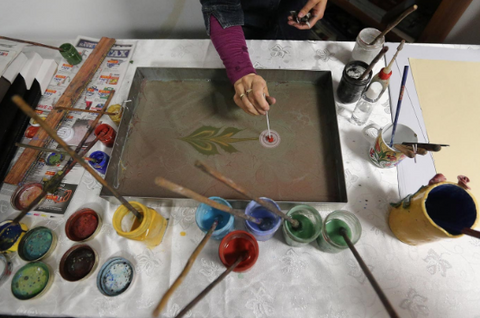
Another unique form of traditional art is the Ebru, particularly popular in Turkey and Central Asia. If there is one traditional art form that perfectly captures the fluid, spiraling, undulatory designs then it has to be the Turkish art of Ebru. Ebru art involves dropping color pigments onto a pan of oily water and then transferring the thin and vibrant layer of colorful patterns onto paper. There are four main steps involved in this process. In the first step, the artist mixes water with dye and natural gum known as kitre. Then dye is added to a cellulose solution and with an awl the pigments are manipulated to form a gorgeous pattern. After getting the desired pattern, a sheet of paper is carefully placed on top to transfer the cohesive design. Finally, the sheet is left to dry.
The Ebru pattern is also known as water marbling. The mesmerizing designs that are finally obtained are not just a part of the creative endeavor , but they are a testament to a practice that is imbued with spirituality and harmony.
Kalti Paarti Carving- Australia
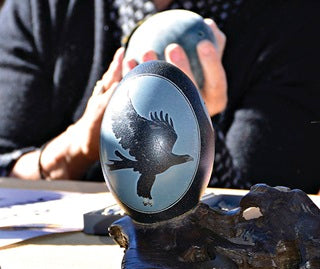
While many are familiar with the tradition of decorating Easter eggs, fewer know about the elaborate art of Emu egg carving, known as Kalti Paarti. This unique artistry involves carving intricate designs onto emu eggs and is believed to have been kept alive by the Aboriginal people of southeast Australia since the 12th century. Early Aboriginal artists engaged themselves in creating this craft as a means of storytelling by visually depicting the history of the earliest traditions and adventures of their people.
In the process of making Kalti Paarti, first, the egg is pierced to remove its yolk. Vivid pictures are carved out by scratching and scraping the outer surface of the shell. Pen knives, shearing cutters, and steel wools are some of the common tools that are employed in the process. The art of carving emu eggs gained huge cultural significance in the 19th century and is still practiced by both Aboriginals and non-Aboriginals.
Kachina Doll- Northeastern Arizona
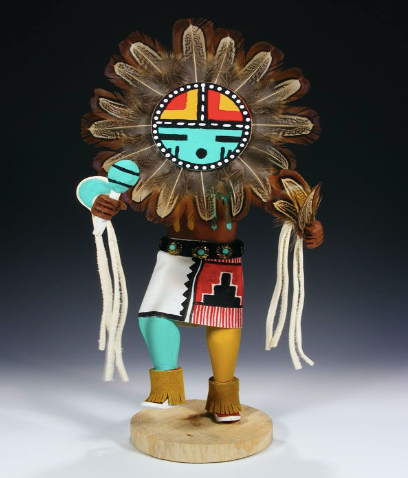
For the Hopi people of Arizona, the lively Kachina dolls are not just mere toys; rather they are entities that hold a substantial amount of cultural and spiritual importance. They are the embodiments of Katsinam, a sacred spirit central to the mythological belief of Hopi belonging to the Native American community. Kachina dolls are a bridge between the physical and the metaphysical realm, honoring various aspects of life existing between the natural world and the unseen world.
Each Kachina, therefore, is believed to represent the elemental forces of nature from the changing seasons, to the abundance of the harvest, to the well-being of the body and so much more. Revered as the mentors, healers and guardians, the Hopi people view these dolls with an unflinching sanctity. Made using cottonwood root, each piece is decked with feathers, leather and fabric. Details and natural pigments enhance the spiritual and aesthetic appeal of Kachina dolls. Often bestowed upon young girls and new brides, they also act as a sign of cultural continuity.
Decorative pottery- Morocco

Pottery and the origin of human civilisation are closely intertwined. The practice of pottery making in the African continent dates back as far as 10,000 years ago with the earliest evidence found in the Sahara desert. What is interesting to note is that hand-crafted pottery and earthenware in general continue to hold relevance in many parts of the world. Morocco is one of those countries where the art of pottery making is highly esteemed. From earthy-toned Berber and Zellige pottery to bright and bold Rabat pottery, Morocco’s local culture and local artists thrive in pouring their sincerity and skills into the making and molding of clay and imparting decorative touches to their final products.
Choosing some art forms over others might come across as unjustifiable because every art has a unique story and community practicing it. However, by knowing snippets and fragments of what we can, we will not only be expanding and contributing to our nuggets of knowledge but also honoring the practitioners and the long ancestral lines that have gifted and passed down their bits of understanding of joy and the world to their bloodlines.
- “What Is Kavad Art? Exploring the Ancient Art of Storytelling.” Rajasthan Studio, 20 Marc. 2021, rajasthanstudio.com/what-is-kavad-art-exploring-the-ancient-art-of-storytelling/.
- “Kavad Folklore: Kavad Painting by Dwarka Prasad.” Memeraki, www.memeraki.com/products/kavad-folklore-kavad-painting-by-dwarka-prasad?_pos=1&_sid=3ec880f15&_ss=r.
- Rajvanshi, Nehal . Kavad: From Portable Shrines to Social Platforms. www.peepultree.world/livehistoryindia/story/living-culture/kavad-art.
- Maity, Biman, et al. ResearchGate, Opportunities and Constraints Faced by the Rural Shital Pati Weaver for Sustainable Livelihood, Aug. 2020, www.researchgate.net/publication/343986997_Opportunities_and_Constraints_Faced_by_the_Rural_Shital_Pati_Weaver_for_Sustainable_Livelihood.
- “Traditional Art of Shital Pati Weaving of Sylhet.” Unesco, ich.unesco.org/en/RL/traditional-art-of-shital-pati-weaving-of-sylhet-01112.
- “The History of the Oldest Puppet in Indonesia, Wayang Beber.” Visitbali, visitbali.id/property/the-history-of-the-oldest-puppet-in-indonesia-wayang-beber.
- “The Ancient Performance Art of Wayang Beber and Its Resurgence after 300 Years, Part I: The History of Traditional Wayang Beber.” Independent Observer, 6 June 2020, observerid.com/the-ancient-performance-art-of-wayang-beber-and-its-resurgence-after-300-years/.
- Chloe. “Unveiling the Beauty of South Korean Hanji: Handmade Paper, Craftsmanship, and Cultural Symbolism.” Moments Log, 28 June 2023, www.momentslog.com/culture/unveiling-the-beauty-of-south-korean-hanji-handmade-paper-craftsmanship-and-cultural-symbolism#google_vignette.
- Korean Hanji Paper and Traditional Clothing & Accessories Made from It. nationalclothing.org/asia/70-korea/601-korean-hanji-paper-and-traditional-clothing-accessories-made-from-it.html.
- “Ebru, Turkish Art of Marbling.” Unesco, 2013, www.unesco.org/archives/multimedia/document-3706.
- “Painting on Water - Ebru Art - Water Marbling.” Veronika\’s Adventure, February 7, 2024. https://veronikasadventure.com/painting-on-water-ebru-art-water-marbling/.
- Richman-Abdou, Kelly. “What Is Ebru Art? Exploring the Ancient Techniques of ‘Painting on Water.’” My Modern Met, October 11, 2017. https://mymodernmet.com/what-is-ebru-art-definition/.
- “Licence to Carve Emu Eggs.” NSW Environment and Heritage, February 21, 2022. https://www.environment.nsw.gov.au/licences-and-permits/wildlife-licences/emu-farming-egg-carving-licences/licence-carve-or-decorate-emu-eggs.
- “Kalti Paarti: Carved Emu Eggs.” The Australian Museum. Accessed April 25, 2024. https://australian.museum/learn/cultures/atsi-collection/cultural-objects/kalti-paarti-introduction/.
- “Symbolism and Cultural Essence of Hopi Kachina Dolls.” American Indian COC, January 20, 2024. https://americanindiancoc.org/hopi-kachina-dolls/.
- 41 excellent Native American Arts and Crafts Projects for Kids - Feltmagnet. Accessed April 25, 2024. https://feltmagnet.com/crafts/native-american-indian-crafts.
- Moroccan pottery, the elegant art (types and know how). Accessed April 25, 2024. https://marrakechtricks.com/blog/moroccan-pottery.
- Giri, Purbasha. “Introduction to the Handmade Crafts of Africa.” Rural Handmade. Accessed April 25, 2024. https://ruralhandmade.com/blog/introduction-to-the-handmade-crafts-of-africa.


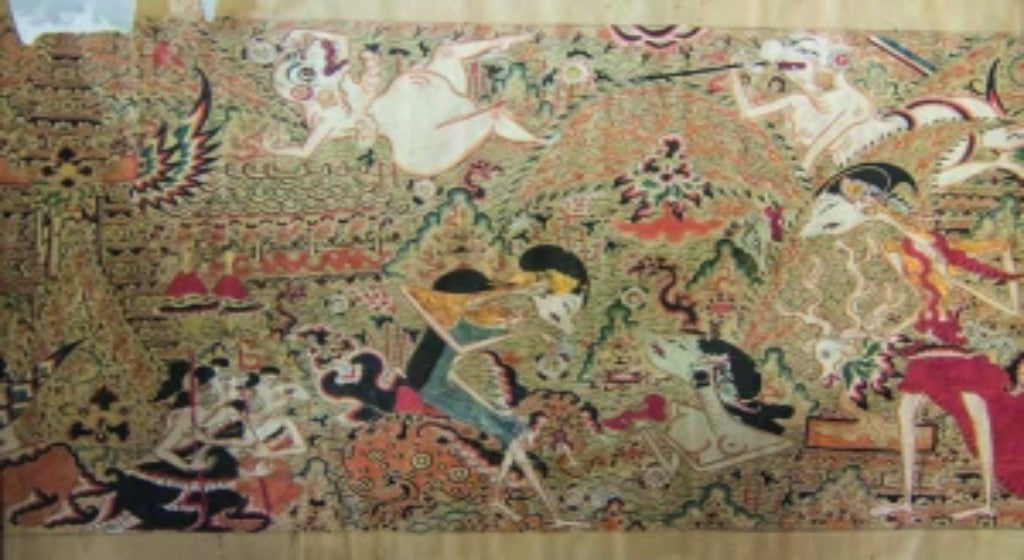











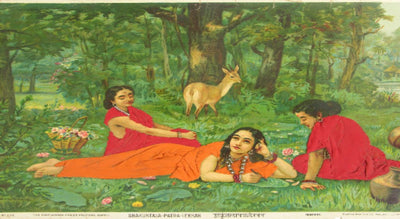
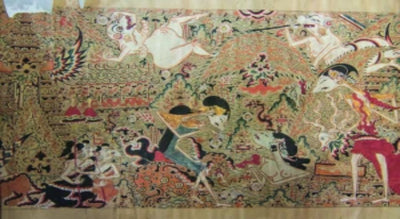
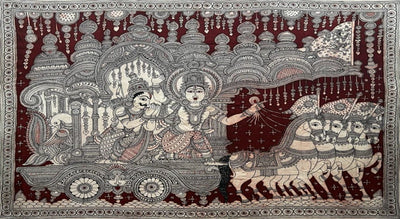
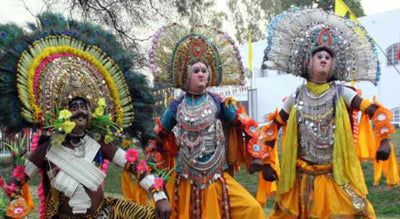
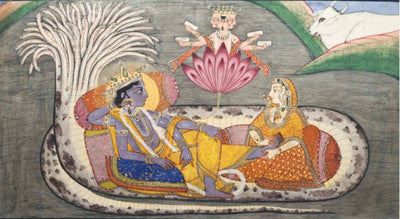

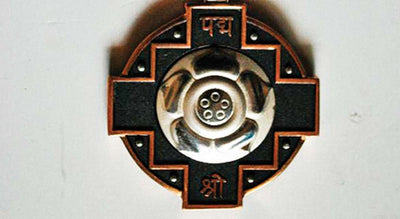
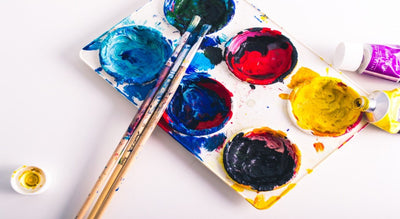
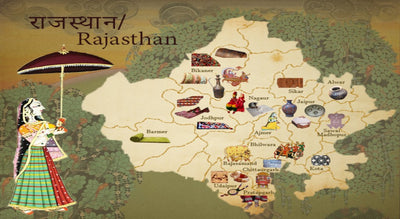
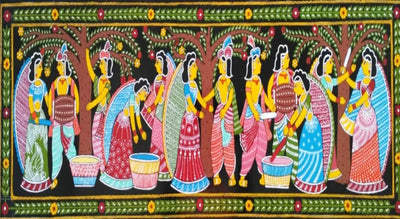
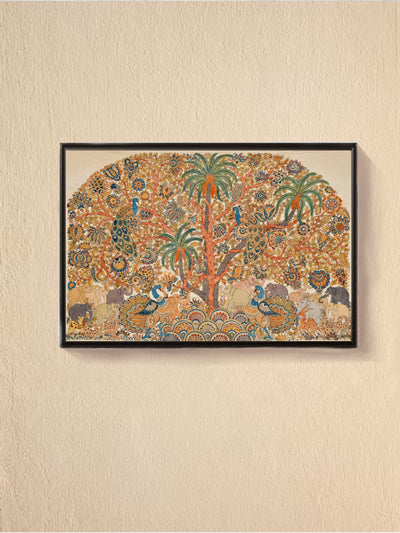







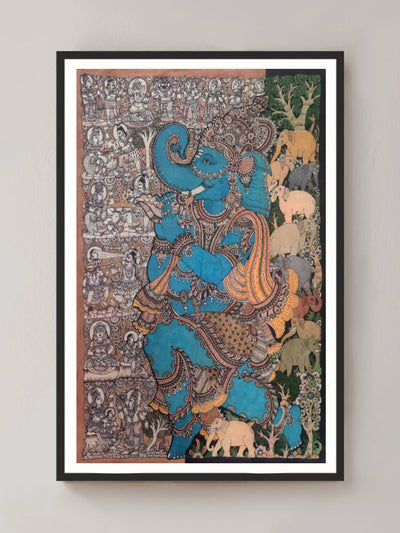








0 comments